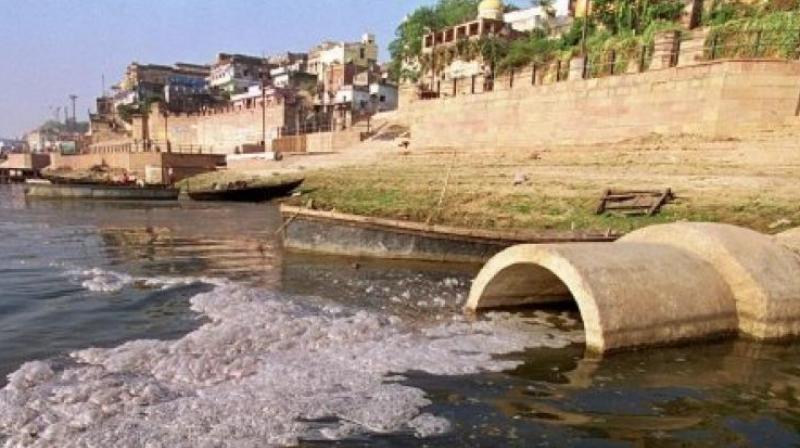Rain hits treating toxic waste

Hyderabad: Why do the lakes near industries turn toxic after the rains?
“During the rains, even the Central Pollution Control Board (CPCB) surveillance cannot identify if effluents are mixing with water,” said P. Veeranna, PCB spokesperson and chief scientific officer.
At present, all industries are directed by the Central Pollution Control Board to send their effluents to the effluent treatment plants in Jeedimetla and Patancheru or have a zero liquid discharge (ZLD) unit to manage their toxic waste.
Both these methods are made foolproof with the geo tagging of vehicles carrying the effluents to treatment plants. The ZLD units are linked to the Central Pollution Control Board online network.
“There are special meters to gauge the flow of effluents that are treated,” said Mr Bhadra Girish, environmental engineer with Sangareddy PCB.
However, despite this elaborate setup, rains can play spoilsport.
“We work on a principle that nothing consumed by the industry can go out. It has to be treated and reused,” added Mr Veeranna. Most industries have a treated water sump. However, when it rains heavily, the accidental leakages can happen.
Sources in PCB stated that some industries use large open cans to store the highly toxic effluents before it is treated. In case of a heavy rain, these cans can wash out the effluents into the environment through the storm water drains. “Some units may illegally use this chance to release the toxic discharge so they do not have to treat it,” adds Mr Veerana.
The elaborate network set up by PCB falls flat in the face of heavy rains.

